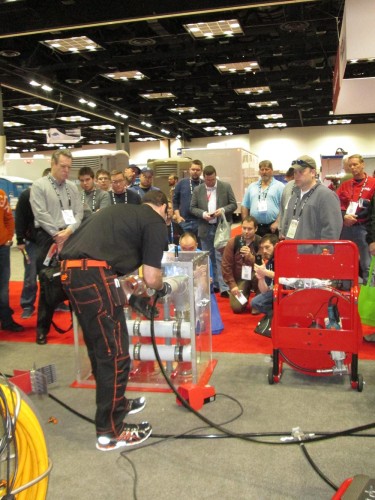The Pike River is one of only four state designated wild rivers. There is walk-in access only, no motorized vehicles, no stream alterations, no maintained trails, few developed parking lots or canoe put-ins, and no camping. These rules are intended to preserve the wild and scenic qualities of the river. The Pike River watershed is made up of approximately 310 square miles, including over 300 miles of streams and numerous lakes. Streams range from small spring seeps to the main branch of the Pike River, which is over 100 feet wide. The largest lake in the watershed is Coleman Lake, 246 acres. Smaller lakes range in size down to spring ponds of one acre or less. The Pike River flows into the Menominee River northeast of the Village of Wausaukee which then empties into Lake Michigan.
The Pike Wild River landscape is characterized by rock outcrop and forests of all types found in Marinette County. From aspen stands and northern hardwood to swamp conifer and wetlands; nearly the full spectrums of habitat types are represented. A no cut buffer implemented within 150 feet of the river provides for older growth forest habitat. Numerous rapids and waterfalls are found throughout the length of the river. Rock bluffs provide scenic views of the river in many places. The upper reaches of the river provide excellent trout fishing opportunities. Additionally, the Pike Wild River provides nesting habitat for two State-Threatened turtles.
Interesting fact: Painted turtles are Wisconsin’s most abundant turtles. The painted turtle (in this region) reaches 7-8 inches. They lay 10-12 eggs in the late spring or early summer and in the colder portions of its range, the babies are known to overwinter inside the nest as their body temperature drops to approximately that of the surrounding water. Their metabolism slows to a crawl, and they won’t come up for air until spring.
























